Zen garden carries the breath of nature, located in the coniferous forest, receiving the morning sun, immersed in the coolness of the beach. People move in free space without being constrained by position and frame of reference. The displacement no longer depends on the inside, the lower, the high and the low. Heaven and earth, plants, flowers, people become one, each step carries the breath of the pure land.
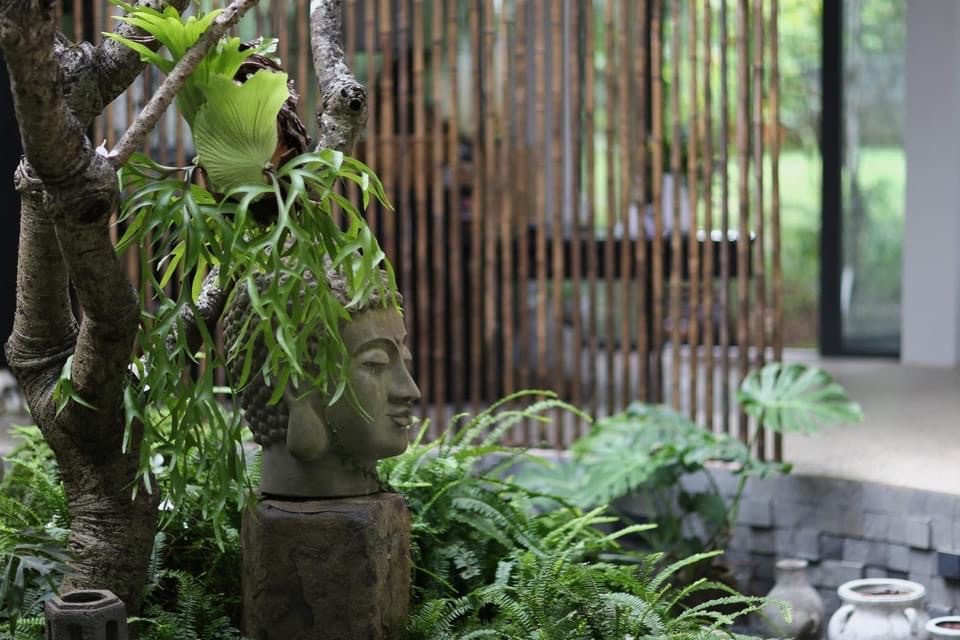

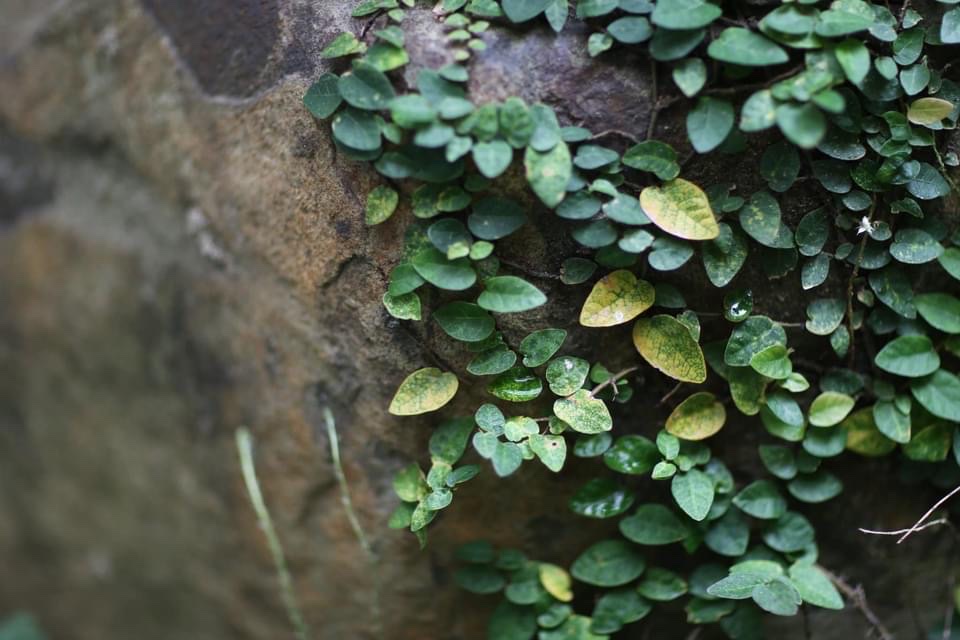
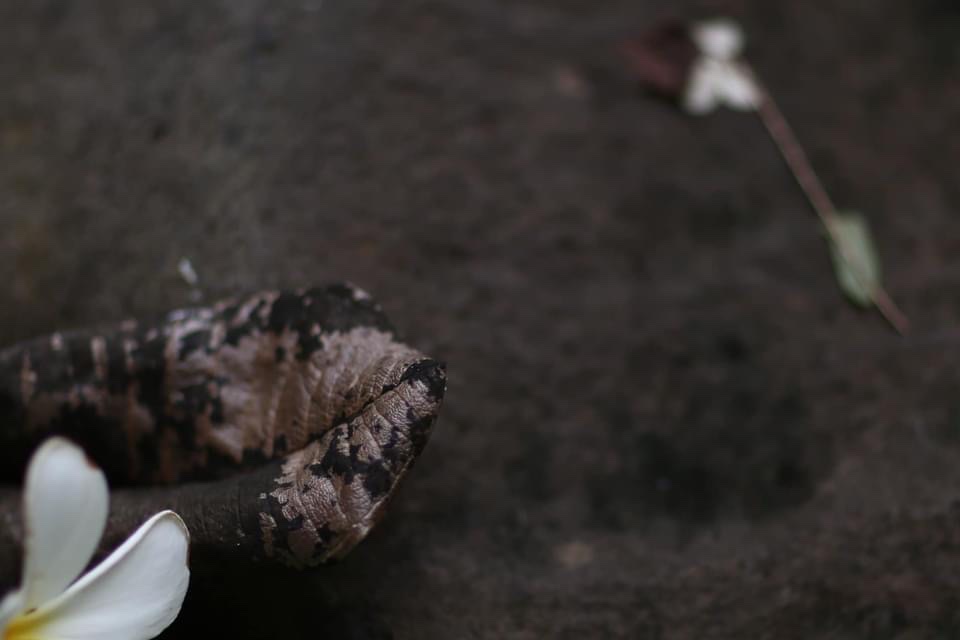
Next project | RETREAT HOME
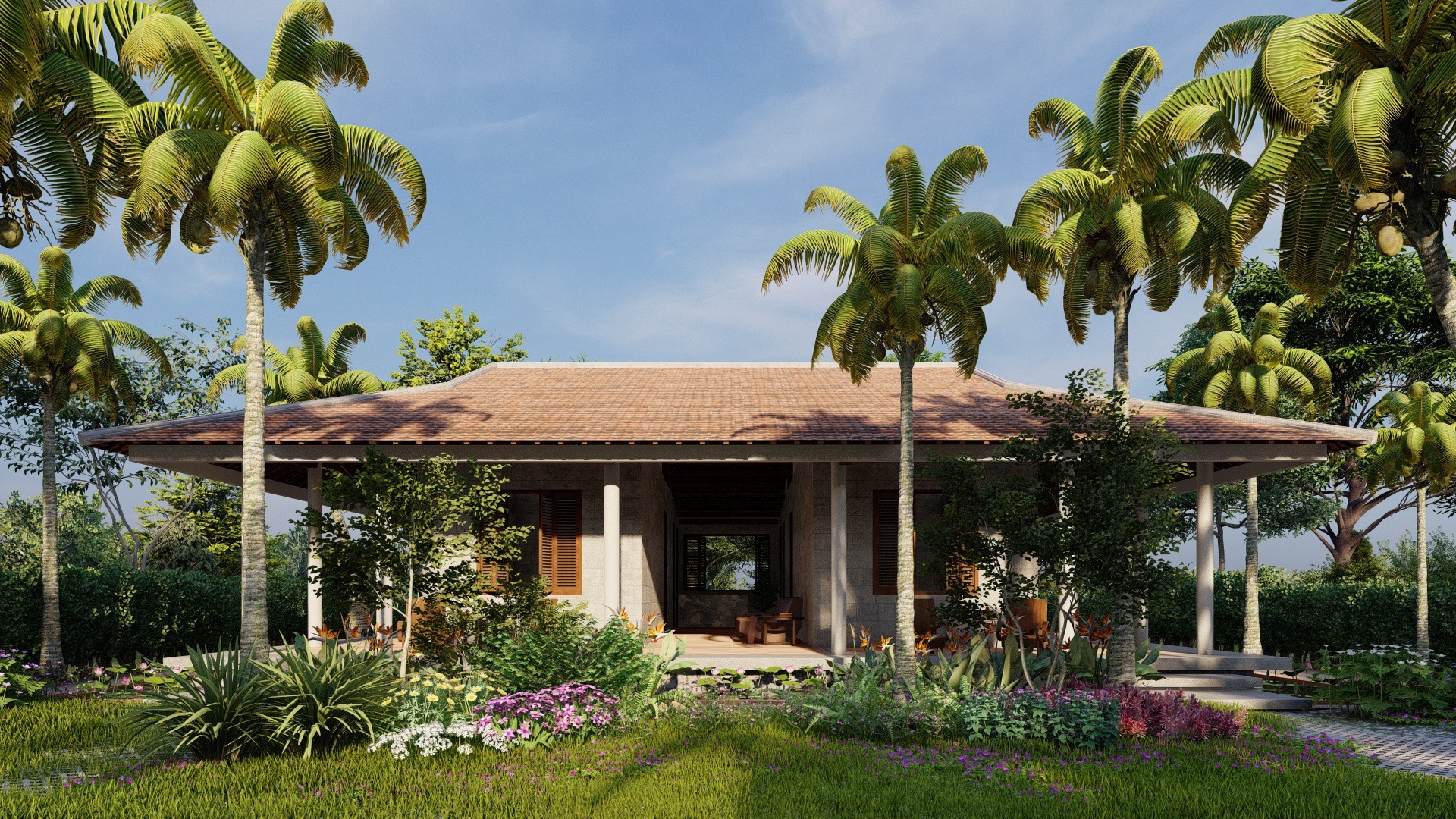
Nestled quietly under the canopy of the coconut forest swaying in the gentle breeze, the simple house comes into existence thanks to the reflections of the dawn sunlight. The house has a simple modern look, inheriting the shape of a traditional house with 3 compartments and 2 wings, with a large veranda surrounding it. The veranda is a transitional space and acts as a climate regulator for the whole house. Not only that, but it is also a place where countless activities connect people with the surrounding open space. The rooms all open to the garden and the doorways pull the garden into its deepest recesses. The nuanced transitions of time and space also take place in the cut of this patio.

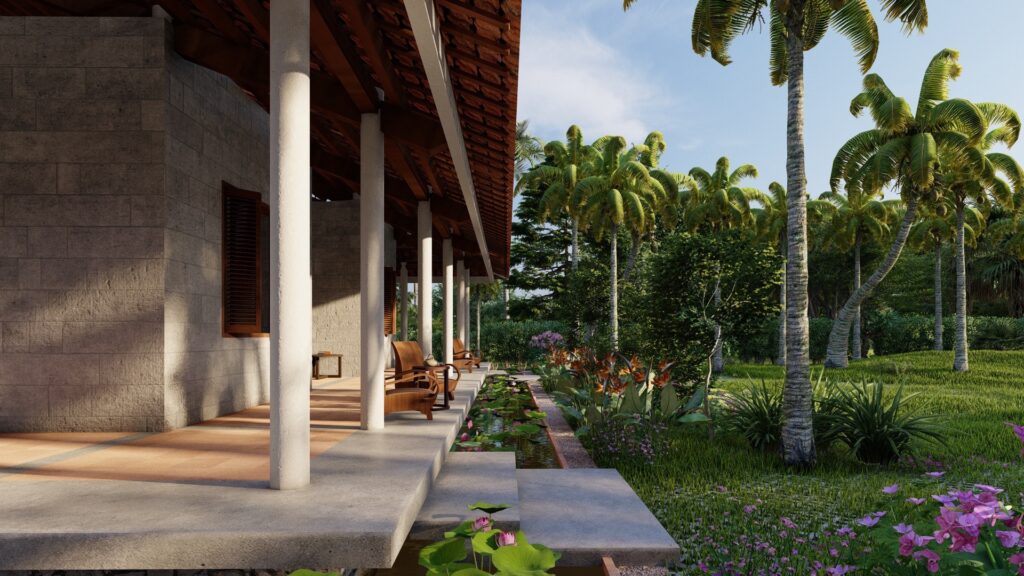
Next project | Vietnam Traditional Architecture & Art
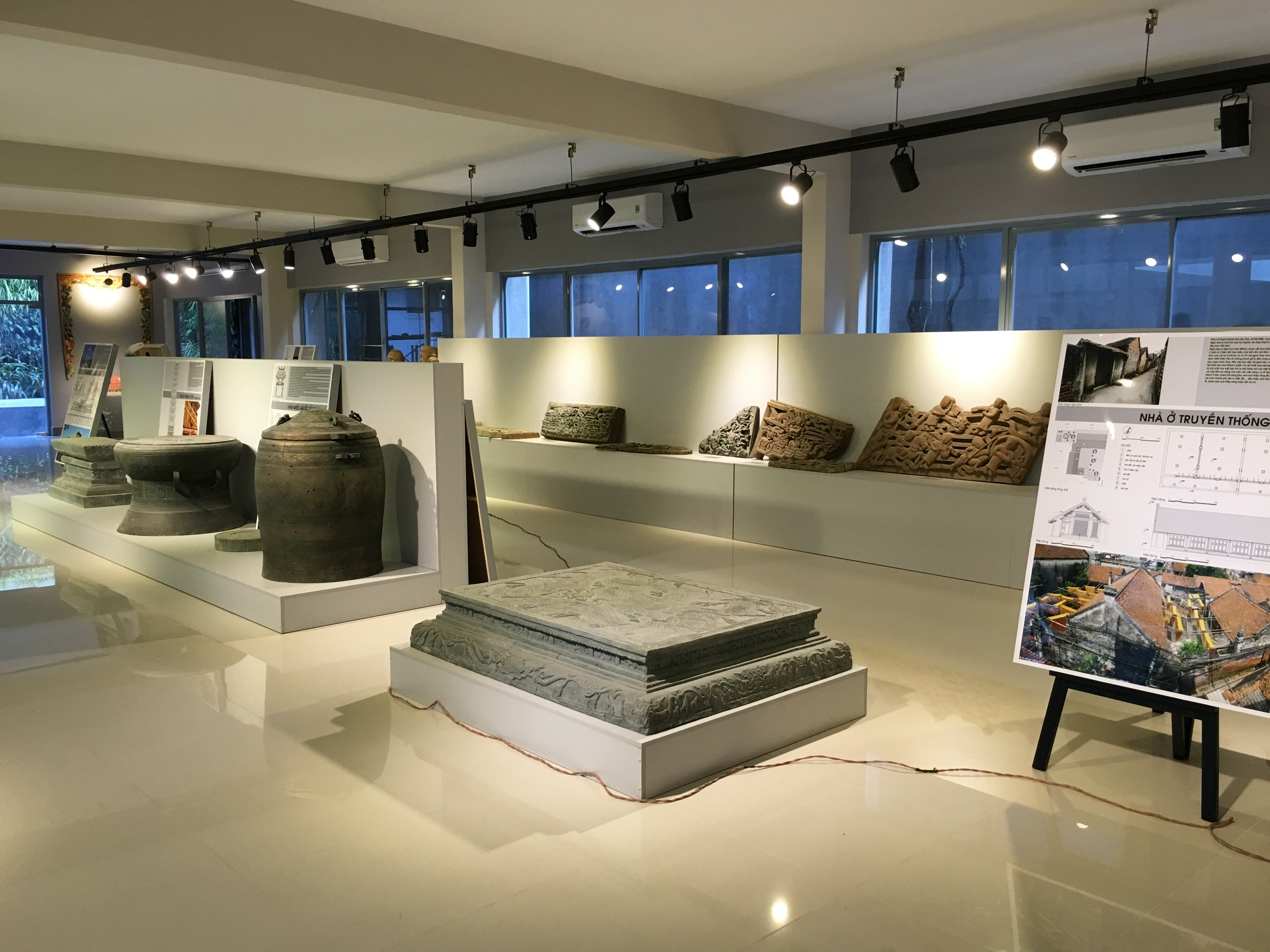
Vietnam traditional Architecture and Art gallery is including buildings of 3 regions of Vietnam: Hanoi-Hue-Saigon. Select works based on typical artistic values of Dai Viet culture (Northern region), Champa culture (Central region) and Oc Eo culture (Southern region). Types of architecture include: communal houses, temples, pagodas, palaces, tomb houses, houses, …. with wood, stone and terracotta materials. In addition to architectural works, the space also displays wood carvings, stone sculptures and unique decorative details.
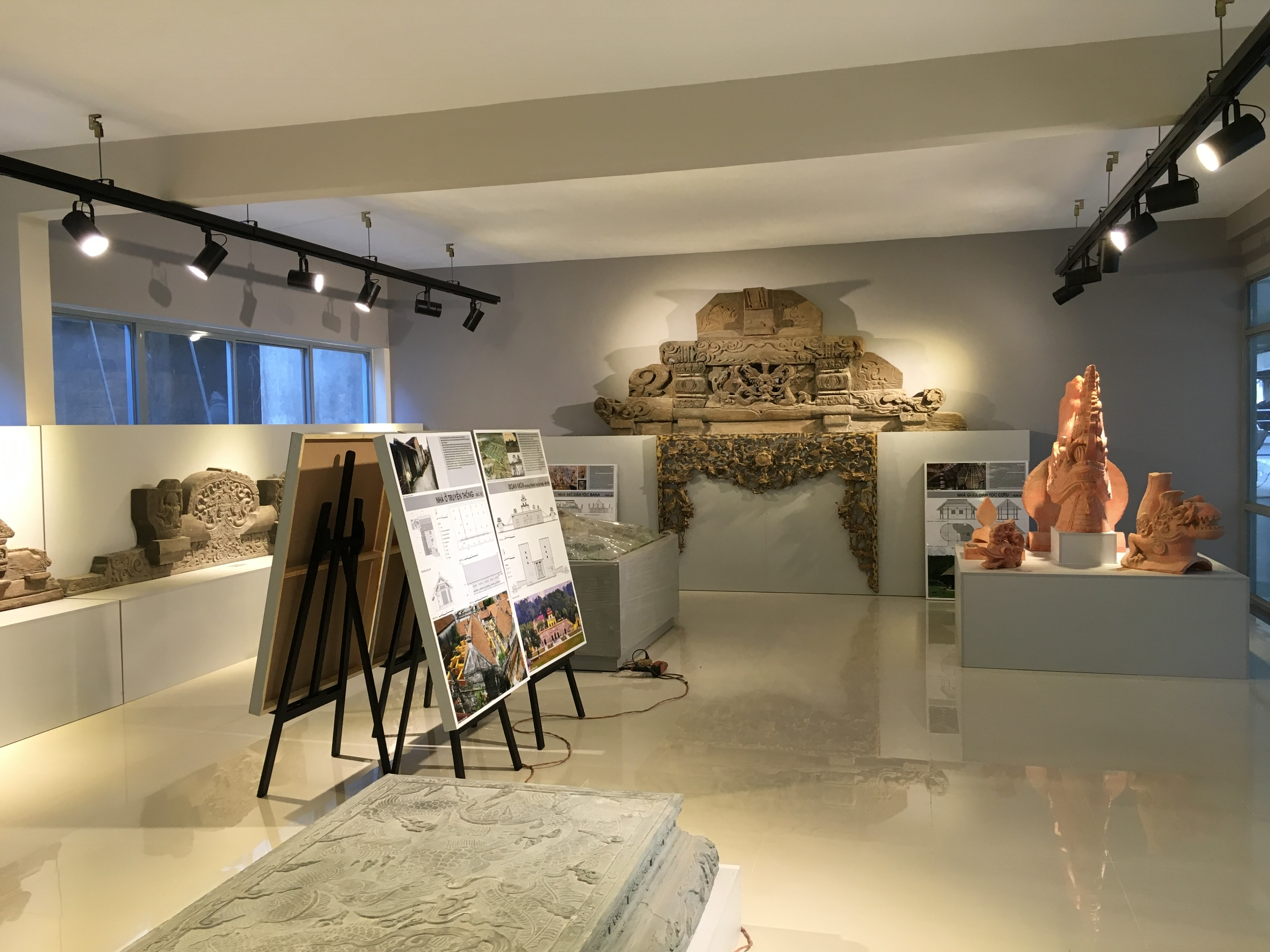
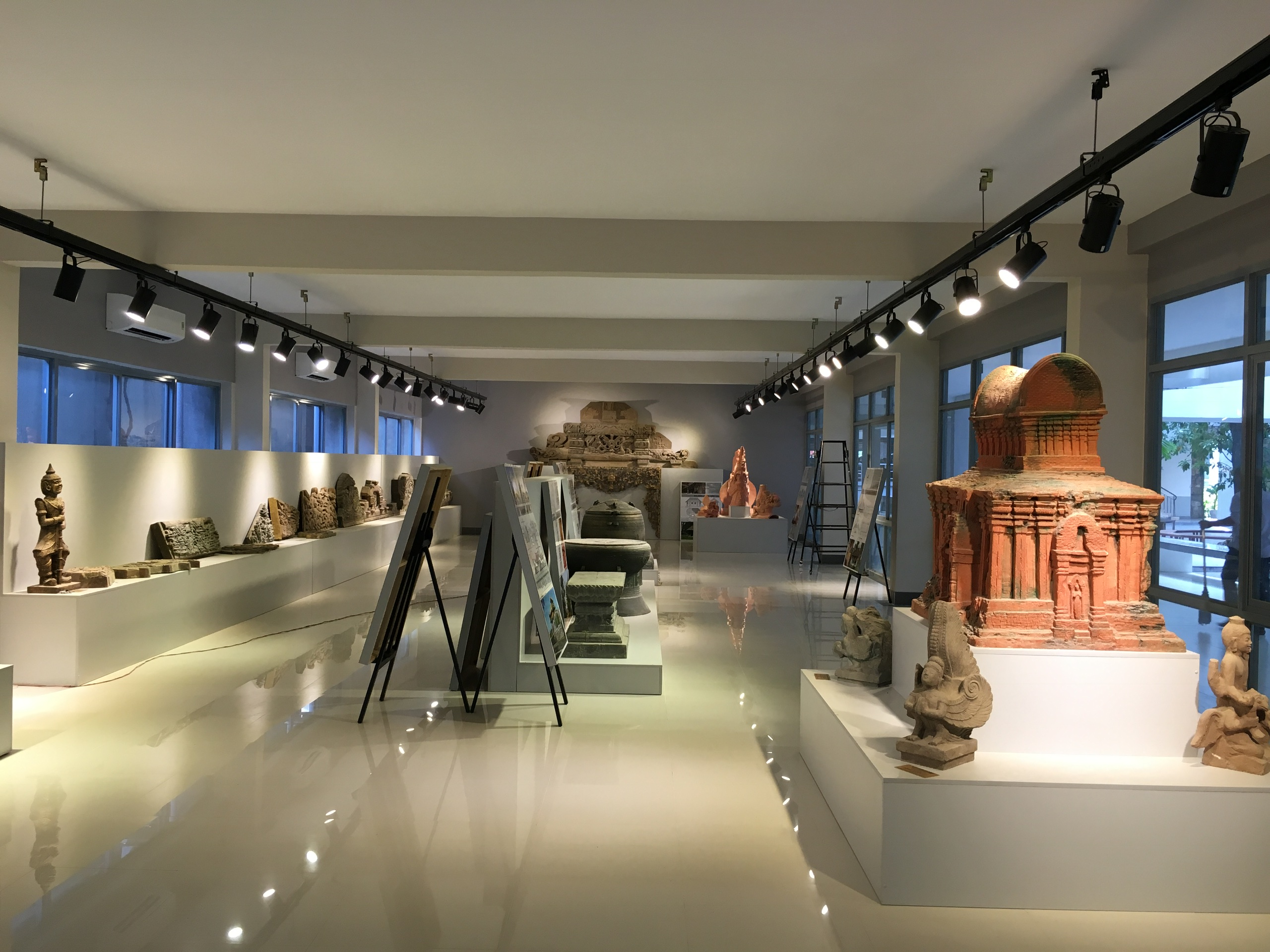
PROJECT INFO
| Type: | Art Gallery |
| Year: | 2015 |
| Location: | University of Architecture of Ho Chi Minh City |
| Team: | Ho Viet Vinh Mai Que Vu |
Next project | Angel

The powerful little angels are flying freely in the world of perfection. Each angel represents each characteristic of the ego, breaking free from bondage, being free and enjoying the triumphant moments of the long journey to eliminate the ego.
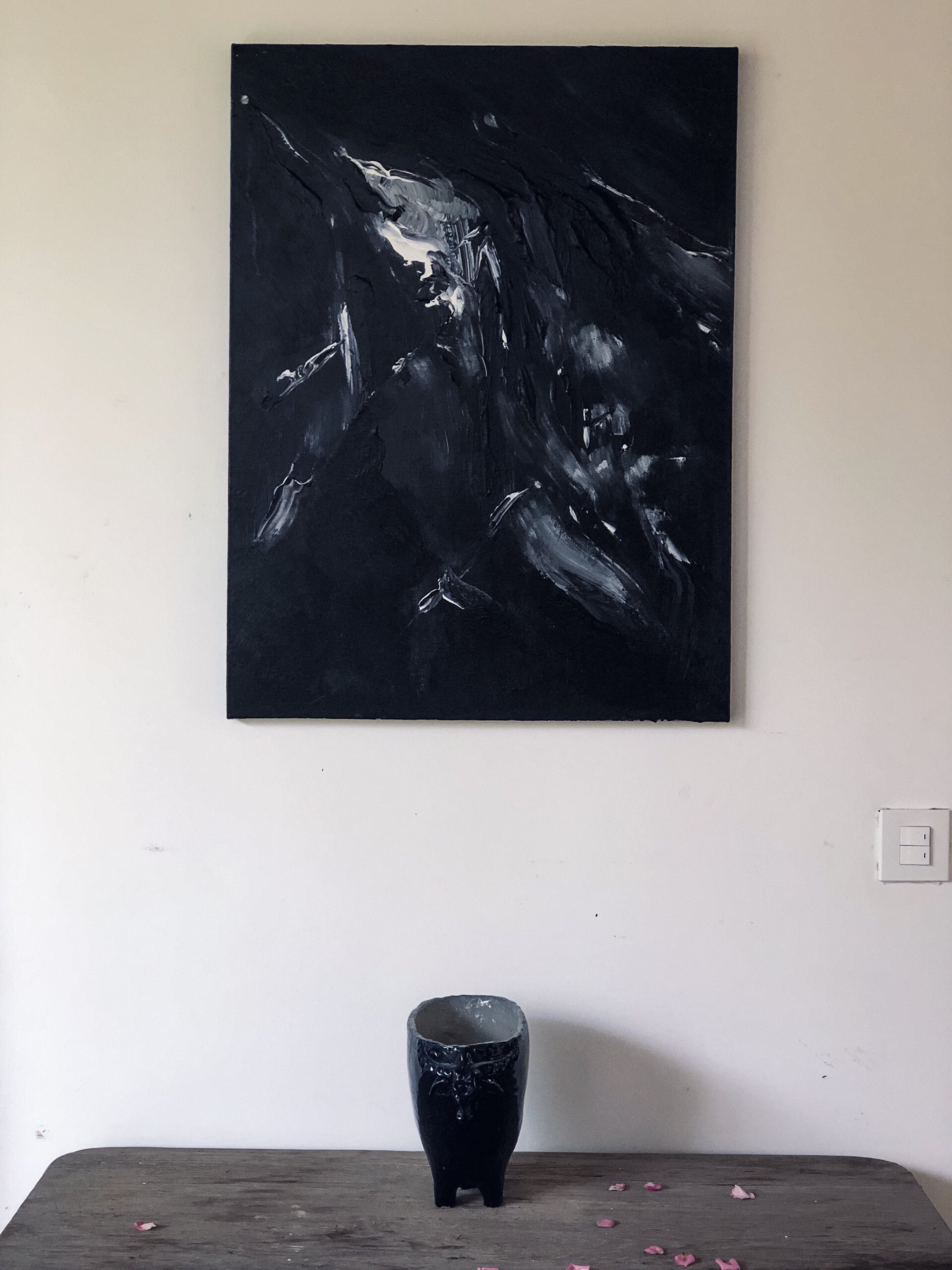
Description
Exucuted in April 2020.
Styles
Lyrical Abstract
Technique
Acrylic on Canvas
Dimensions
60 Wx 80 H x 2 D cm
The authenticity of this work has been confirmed by the HVV Architect &Partners. A certificate of authenticity maybe delivered by the Company upon request to the buyer.
Vinhho Biography
Ho Viet Vinh, a Vietnamese, graduated with a Bachelor of Architecture degree in 1995 from the University of Architecture of Ho Chi Minh city, Viet Nam; he received the award for the creative design in the Final Year. He is a Registered Architect in Viet Nam and also a Registered Urban Planner in Ho Chi Minh city, as well as a Member of Association of Architects and Urban planners of Viet Nam. Ho Viet Vinh career began in 1995 when he did some competitions in Ho Chi Minh city. He becomes lecturer of Urban planning Department of University of Architecture in 1995. In 1998 He received second prize of international competition held by Summer workshop of Cergy Pontoise-France with subject “Ho Chi Minh city and Saigon river”. In 2005 He awarded special prize of international competition held by Summer workshop of Cergy Pontoise-France with subject “Can Gio Emotional city”. In 2010 he participated the International Visistor Leadership Program of USA in subject Sustainable Urban Planning. In 2015 He is choosen by Lebadang Creative Foundation to design the Lebadang Memory Space Museum in Hue. It was at this time that He becomes Director of that Fund.
Next project | The Ideas competition for Thu Thiem Master Plan

The idea for the Thu Thiem master plan is to create a peninsula filled with trees and water. The urban spatial morphological structure is towards the average spatial scale in harmony with the existing urban space scale. The central square is connected by canals that lead the flow through the wetland forest. Surrounding the Saigon River are open parks, creating a gap connecting with the high-density urban space on the west bank of the Saigon River.
The idea of the master plan of the Thu Thiem new urban center has surpassed more than 29 other contest projects (14 international and 15 Vietnamese), becoming one of the projects that won the high prize after the project selected by SASKI Inc. Company. Some ideas of this alternative have been added in the detail planning of the concept of SASAKI.
The selection committee includes famous urban experts at home and abroad such as: Professor John Lang-New South Wales, Professor William S.W. Lim-Singapore, Prof. Nguyen The Ba, Prof. Nguyen Manh Thu, …).

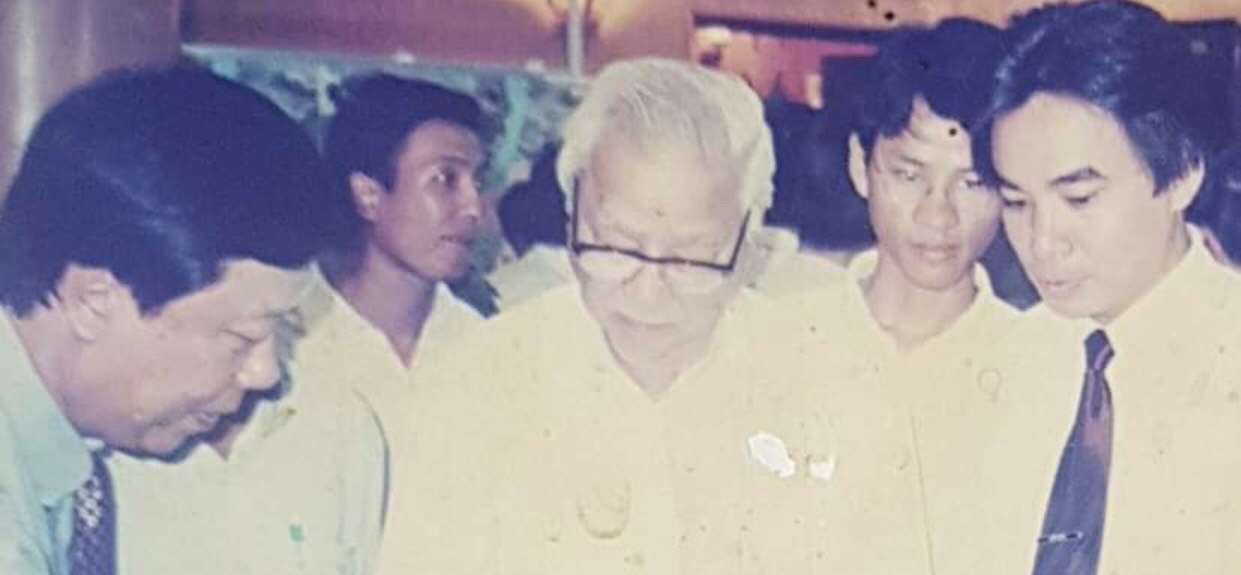
PROJECT INFO
| Type: | Urban planning |
| Area | 730 hectar |
| Year: | 2003 |
| Location: | District 2, Ho Chi Minh City |
| Team: | Professor Nguyen Trong Hoa Master of Urban plannning Ho Viet Vinh |
Next project | Hue ancient capital looks to the future

How to build Hue ancient capital city? The question has been raised since the day the Nguyen Dynasty relic in Hue was recognized as a world heritage site by Unesco, especially since the day Hue was decided by the Nation as a typical Festival City, many seminars also mentioned, but until now, no idea has been recognized. It is known that Architect Ho Viet Vinh is a Hue hometown, is teaching at the University of Architecture in Ho Chi Minh City, has done a Master’s thesis about Hue, has many construction works for Vietnam in the 21st century. He has the opportunity to study many ancient capital cities, many ancient cities of the continents of Europe, Asia, America, Australia, Africa, TTH newspaper asked him these questions.
1. TTH newspaper. New spring is coming, TTH newspaper is very happy to meet you. Knowing you are a Hue’s hometown, having studied planning and architecture of the Nguyen Dynasty, could you please tell me what you are thinking about Hue City today?
Arch.Ho Viet Vinh: Hue-The Heritage City is in the process of expanding its boundaries and transforming urban spatial structure. From a strictly ordered city on a large area stretching from the Royal Capital to the villages, gradually transitioning to an irregular and chaotic urban structure. Therefore, the disturbances in urban spatial organization are causing concerns for residents, tourists and even urban experts. An issue placed on the conference table that still has no satisfactory solution is whether this is a normal change of a Heritage City on the path of integration and development or a deviation in orientation. this particular urban development. For a valid argument, we need to go back nearly 700 years to see the treasure of Hue urban heritage values accumulated through historical periods to orient the way for the future. Hue Heritage Urban has been formed through the following stages:
• The period before 1558: the first inhabitants came to Thuan Chau land
• The period from 1558-1775: the migrations to find the land of Phu Xuan capital
• The period from 1802-1885: the plan to build the Capital has the largest scale and the most complete function in urban history.
• The period from 1885-1945: the southern expansion of the Perfume River formed a two-structure urban model: the Vietnamese quarter and the Western quarter.
• The period from 1945-1986: nature-war-planning economy (subsidy period) changed urban spatial structure towards filling urban voids.
• The period from 1986-1993: the formation of subdivisions and the isolation of the heritage in the spatial distance.
• 1993-present period: historical transformation plan to turn medium-scale urban-heritage into large-scale urban area (Thua Thien Hue City under the sixth central government of Vietnam).
Indeed, over a journey of nearly 7 centuries, Hue with its architectural appearance and heritage formed and developed over a long period of time with many historical changes has created a Hue city full of unique characteristics. distinctiveness in the cultural space of Ngu mountain-Perfume river. Hue urban structure identifies the Perfume River as the main layout axis that creates the shape of the Citadel and nurtures the human spirit of Hue. Yet the urban expansion of the late 20th and early 21st centuries has turned its back on the river, creating a pervasive urban structure, stretching and filling in precious gaps in the existing urban structure. 2. You have surveyed and studied many ancient cities, many ancient capital cities, what do you think is different from Hue compared to those ancient cities?
Arch.Ho Viet Vinh: I also had the opportunity to survey and research some heritage cities such as Kyoto-Japan, Siem Reap-Cambodia, Bali-Indonesia, Luang Phrabang-Lao, CapeTown-South Africa, Lyon-France, Casablanca-Morocco must recognize that each city has its own appearance, in harmony with the natural setting. The difference between Hue and these cities is the behavior between people and nature and between people and people. In such a way, the people of Hue have created a slow and relaxed way of life to achieve the wonderful harmony between Man and Nature.
3. What can we learn experiences from these ancient cities?
Arch.Ho Viet Vinh: These heritage cities preserve the form and spirit of the place of history at the time it was born, any interference in the development process is carefully considered not to do damage to the monument whether it is open space or landscaped terrain. The first and most valuable lesson for Hue is that the developed urban structure must accept the Perfume River as the layout axis and respect the central role of the Hue Citadel in the development in harmony with nature. The second lesson is that the concept of heritage adaptation needs to be placed in the context of the new urban environment that is a continuation between the past and the future. New construction within the influence of the heritage must inherit and highlight this continuity based on the spirit of place. Each work, cluster of works must be created based on the unique spirit of the Heritage City. Building a place must match the times, away from the habit of copying and imposing architectural models without selection.
4. How was the construction in that old city?
Arch.Ho Viet Vinh: I would like to mention the conservation and development plans of some heritage cities that Hue can refer to and study.
• The heritage city of Lyon (France): located on an oasis at the confluence of the Le Rhône and Saône rivers, the world heritage space is located on a part of this oasis and another part owned by the Saône river in the area. central position of the urban spatial structure. The traffic axes of the northern belt (péripherique du nord) and the southern belt (péripherique du sud) are located at two ends to avoid affecting this area. The enhancement of connectivity through continuous traffic axes between the historic center and the new urban area. The development model that combines the old and new structures on both sides of this river also ensures the parallel development and conservation goals of this contrasting heritage city.
• The heritage city of Venice (Italy): was selected to develop in a way that completely preserves the spatial structure based on the unique water transportation system in the world. New and old spaces are connected on the same system of canals, creating a common rhythm of spatial continuity as well as increasing the overall harmony. The modern transport system is located far away and ensures that it does not affect the completeness of the urban structure. The model that strictly preserves the compositional character has created a magical heritage city full of romance.
• Kyoto Heritage City (Japan): Kyoto Heritage City is developed sequentially and interlaced between old and new on the existing urban structure, ensuring a balance between construction and urban gaps. The city still preserves Temples-Pagodas-Temples located in the intact mountainous landscape to the east and west of the citadel built in the past, attaching the shape of religious works to the spiritual landscape of the mountains and forests. . Heritage buildings such as the Kyoto Imperial Palace, the old town, pagodas and temples are preserved intact the authenticity of history and spirit of the place. The modern urban area is harmoniously interwoven into the existing urban structure, creating a bustling atmosphere without creating pressure on the historical space.
• Amterdam Heritage City (Netherlands): The heritage city of Amterdam-Netherlands maintains a new system of co-structured canals that create a transitional space between the old urban part and the new urban part to enhance diversity. morphological form of urban space structure and ensure uniformity. 5. What factors help these ancient cities to retain their traditional characteristics while still integrating into modern times and successfully developing their economy in a sustainable way
Arch.Ho Viet Vinh: As I mentioned above, these heritage cities always respect the historical value created by previous generations, even though there are differences in views and attitudes towards the historical role. its history. After all, Heritage is the crystallization of the values and efforts of the community on the ideological foundation of the ruling class, so preserving the heritage is like preserving the nation’s treasure for future generations. thinking and shaping the way for the future. Therefore, there is no antagonism between Conservation and development, conservation is the foundation of development and vice versa, development creates conditions for better conservation. The city is a living entity that moves and develops over time, the architectural heritage that is a component of it also moves and develops. Although the heritage itself does not change, the changing environment leads to a different perception of the heritage and becomes more and more attractive and valuable. Therefore, to manage the Heritage City, it also needs good, enthusiastic and brave people to make appropriate development policies and exploit the treasure value to serve humanity in the spirit of UNESCO, because The reason is that the Heritage is “unique”, there must be a “unique” Person to govern.
6. In order to get rid of the current stagnant situation, what should Hue ancient capital city do to look forward to the future where it can stand side by side with ancient cities in the region and in the world?
Arch.Ho Viet Vinh: In my opinion, it’s time to carry out a plan to rebuild the Heritage City based on the new idea of a Hue City – 21st Century (referred to as Hue 21) developed in parallel with the Citadel. The heritage street in the continuity relationship receives the Perfume River as the main layout axis. This idea will help the Heritage City to escape from the “oil slick” development model of most urban areas in Vietnam, the consequences of which are the encroachment and distortion of historical spaces. In my Master’s thesis on Hue in 2001, I also outlined the shape of the spatial structure of Hue City in the 21st century with a linear urban model (about 8km in length and 2km in average width) located in the center of the city. symmetrically with the Citadel through the lower part of the Perfume River with an area of about 1600 ha. The driving force of urban development extends 8km towards Thuan An estuary, this is an ecological avenue with modern landscapes combined with a network of rivers and canals spreading to the lower Huong River to create a new balance. between modern architectural works surrounded by village ecological environment. The waterways perpendicular to this boulevard were dug up to raise the foundation for construction areas according to traditional feng shui principles.
The urban structure is built according to the 21st century ecological urban model, suitable for new lifestyles and modes of living in order to complete the function of the Heritage City in the future. The concept of Landscape Urban (Paysage urbaine) of heritage city goes hand in hand with the concept of Village Urban (Village urbaine) of the 21st century – An era aimed at protecting the environment and improving the quality of life, perhaps the right choice for the future Hue (see outline diagram).
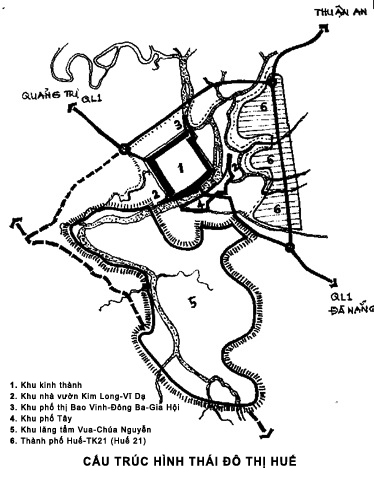
7. In your opinion, what has kept Hue City from developing? How to overcome that?
Arch.Ho Viet Vinh: Hue urban architectural heritage is the diversity of spatial forms formed through historical periods, including: the system of Palace and Palace of the Nguyen Chua, Thanh Ha commercial port area, and neighborhoods. Bao Vinh town, Imperial City area, Nguyen King’s Tomb area, east commercial area of the Citadel, Kim Long-Vi Da garden house, Western quarter, multi-functional commercial street formed on the background of the locality. Spatial morphology of the Nui Ngu-Perfume River region. However, due to many reasons, the urban heritage fund is being degraded due to the invasion of time and the lack of human intervention. Even the efforts to restore and recreate the heritage in the region are expensive but do not bring vitality to the monument, in addition, the new construction without a strategic vision is turning Hue into a “popular city”. . According to a survey of tourists who come to Hue for the first time, they do not want to return because the attractiveness of the Heritage City is dwindling. Therefore, Hue Heritage City is currently losing its attractiveness in the competition between domestic and international heritage cities, statistics show this correlation:
• Kyoto-Japan Heritage City has a natural area of 827 square kilometers, a population of 1,473,746 people, and an annual number of tourists 30 million, of which about 1.2 million are international visitors.
• The Bali-Indonesia heritage city has a natural area of 5,780 km2, a population of 4,225,384 people, the number of international tourists 3.5 million.
• The heritage city of Siem Reap-Cambodia has a natural area of 10,299 km2, a population of 896,309 people, and the number of international visitors 1.6 million.
• The Hue-Vietnam Heritage City has a natural area of 5,062 km2, a population of 1,115,523, the number of visitors 2.4 million, of which about 0.9 million are international visitors.
The most common point is that the main economic activities of these Heritage Cities are tourism and activities related to exploiting tourism services to serve and satisfy visitors. In the competition for attractive destinations, the Cities will attract tourists and ensure an annual growth of over 10%. Many conferences and seminars have mentioned the weakness of Hue tourism industry and pointed out many reasons leading to this situation, but two important factors can be clearly seen: in planning The economic development strategy of Thua Thien Province has not yet considered tourism as a spearhead economic sector and has not had suitable measures to enhance the attractiveness of tourism products to serve the needs of domestic and foreign tourists. countries in competition with destinations in the region and the world. Although Hue is a national festival city, cultural activities are held every 2 years in the form of theatrical organization which is difficult to attract people and tourists. In addition, people still stay out of these festival activities because the organization is still heavily directed by the government and lacks the encouragement of participation from the local community – an important factor. keep the soul of cultural festivals in Heritage Cities.
8. In your opinion, to attract Hue people and Hue lovers outside Hue, what should Hue City do?
Arch.Ho Viet Vinh: The 21st century is the era of a knowledge-based economy in which the role of good and dedicated professionals is respected and created favorable conditions for dedication. Hue is the land of talented people, so many outstanding Vietnamese people have lived, studied, worked and fell in love with Hue. Having the opportunity to live and work in this Nervous land must be the dream of young intellectuals to fulfill their future ambitions. The important issue that Hue leaders must do is to seek advice and truly respect and trust to entrust important tasks to the next generation, rather than looking for people with many qualifications. In order to help Hue in the construction of the ancient capital city, one must have vision (knowledge of the ancient city), heart (love Hue), and even money. In order to attract that partner, in Hue, it is necessary to have an equal leadership team, have specific regulations, have appropriate policies, and have strong charismatic people (Hue people in Hue do not lack these people). ) Help.
9. Thank you Mr.Ho Viet Vinh
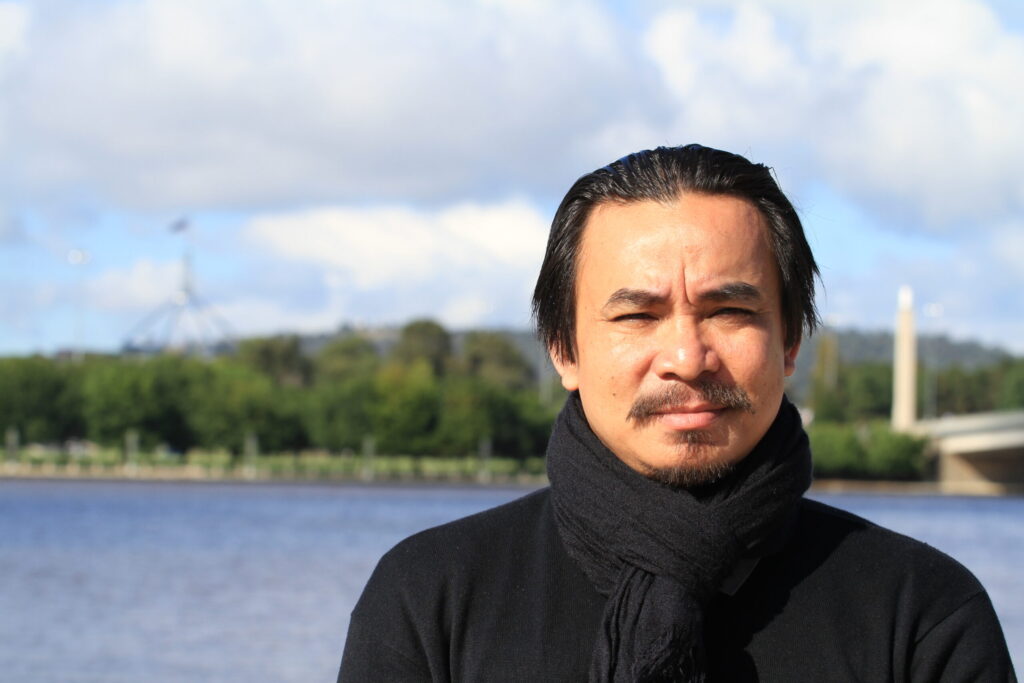
Next project | The AMBIGUITY Space
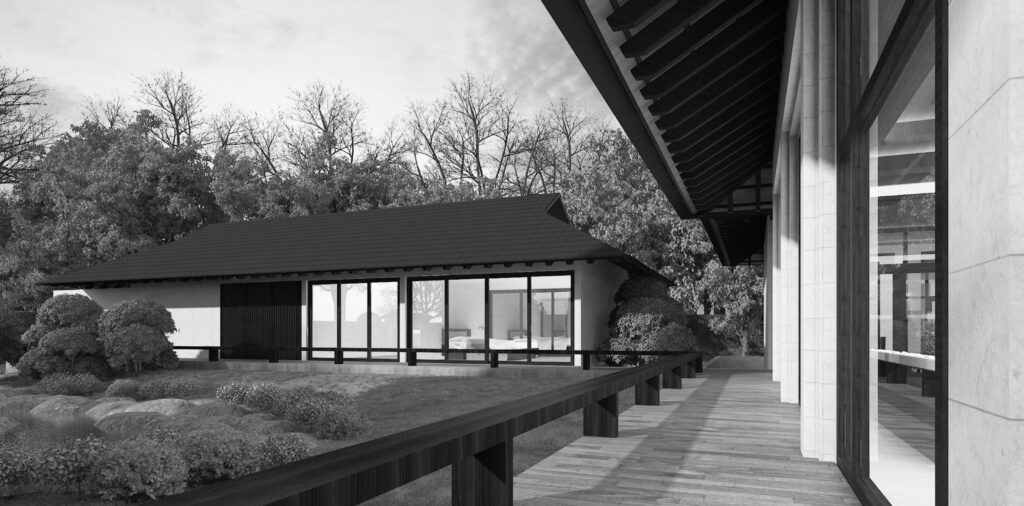
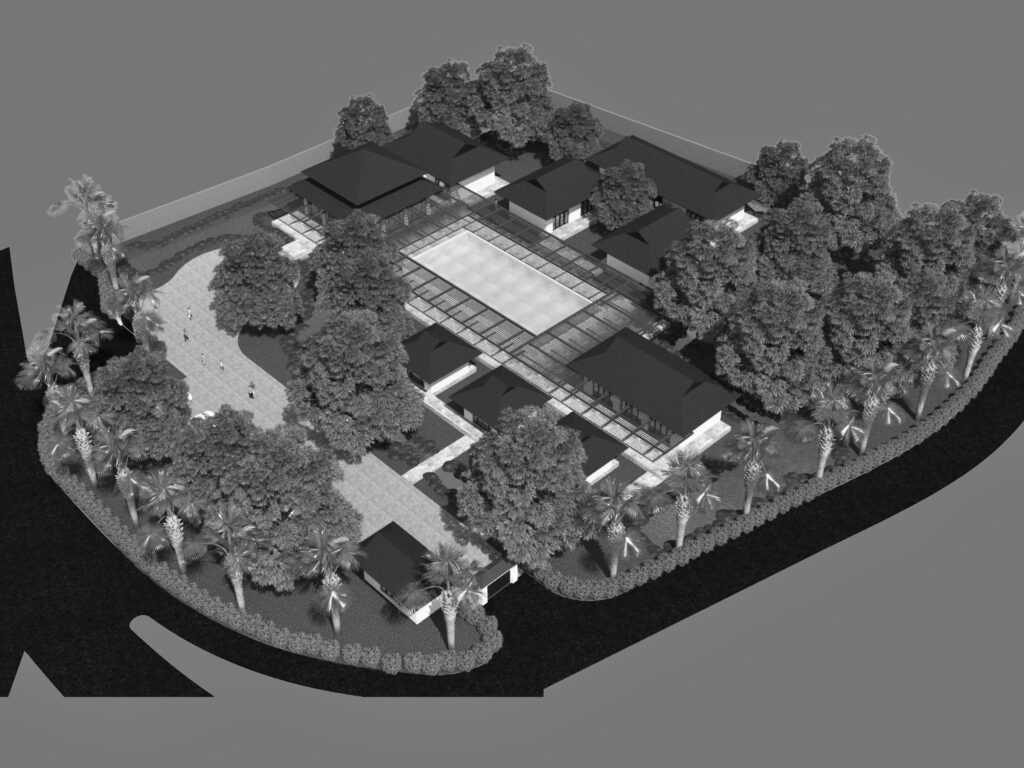
Next project | Cape of Rapids
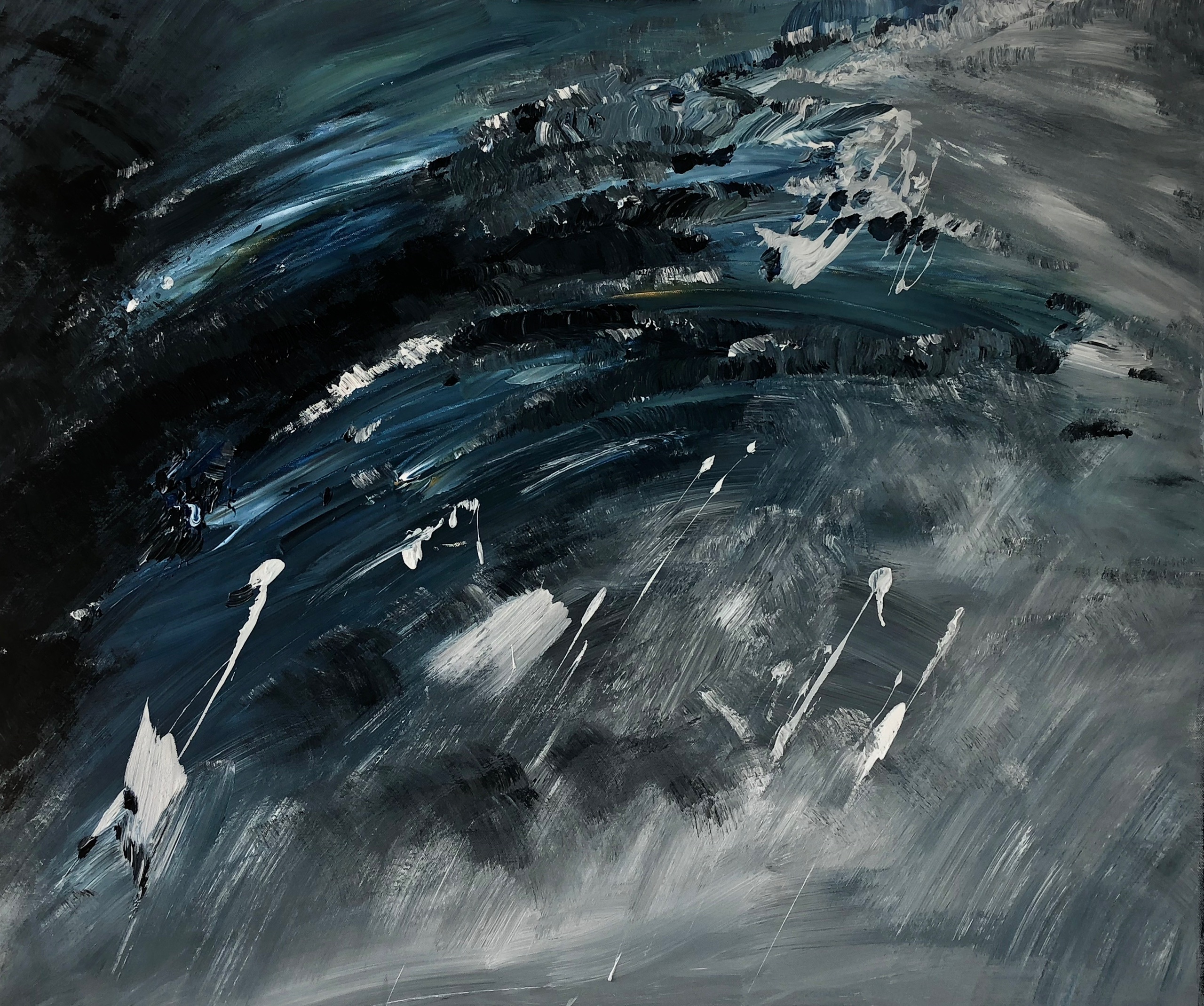

Description
Exucuted in April 2020.
Styles
Lyrical Abstract
Technique
Acrylic on Canvas
Dimensions
100 Wx 100 H x 5 D cm
The authenticity of this work has been confirmed by the HVV Architect &Partners. A certificate of authenticity maybe delivered by the Company upon request to the buyer.
Vinhho Biography
Ho Viet Vinh, a Vietnamese, graduated with a Bachelor of Architecture degree in 1995 from the University of Architecture of Ho Chi Minh city, Viet Nam; he received the award for the creative design in the Final Year. He is a Registered Architect in Viet Nam and also a Registered Urban Planner in Ho Chi Minh city, as well as a Member of Association of Architects and Urban planners of Viet Nam. Ho Viet Vinh career began in 1995 when he did some competitions in Ho Chi Minh city. He becomes lecturer of Urban planning Department of University of Architecture in 1995. In 1998 He received second prize of international competition held by Summer workshop of Cergy Pontoise-France with subject “Ho Chi Minh city and Saigon river”. In 2005 He awarded special prize of international competition held by Summer workshop of Cergy Pontoise-France with subject “Can Gio Emotional city”. In 2010 he participated the International Visistor Leadership Program of USA in subject Sustainable Urban Planning. In 2015 He is choosen by Lebadang Creative Foundation to design the Lebadang Memory Space Museum in Hue. It was at this time that He becomes Director of that Fund.
Next project | CLOUD
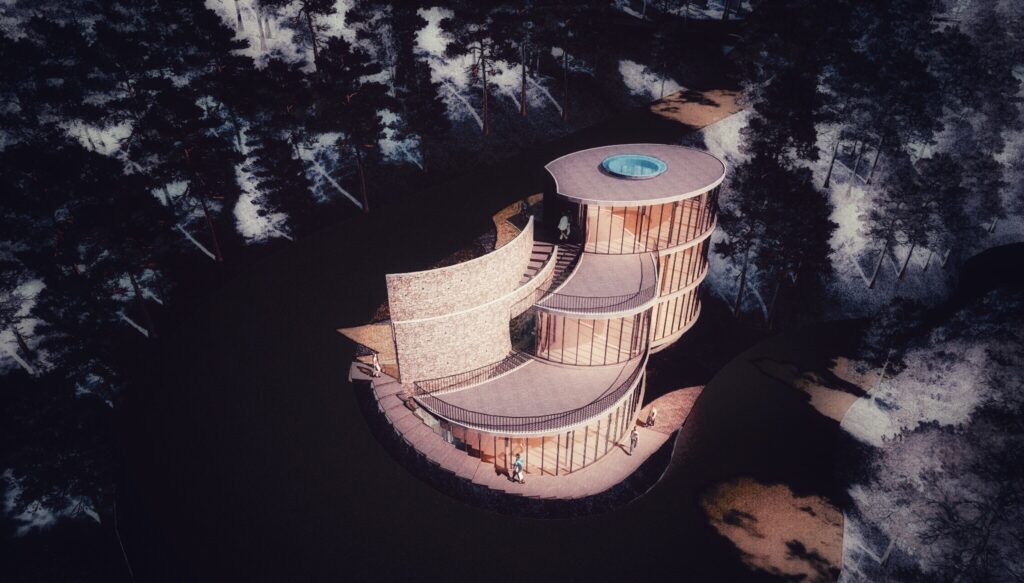
C L O U D
Solid and rough are the emotions of BAOLOC. Spatial topography consists of interlaced hills, layers hidden under layers of cold pine forests. In that autumn silence, the clouds are the witch who transforms to soften the rough, dry and cold.
CLOUD
“Following the wind, the stream flows in all directions,
The foggy road is dotted with flying dew drops.
Love is drunk at night in dreams,
Filled with the call of the human realm.”
Vinhho.2022
Next project | Le Ba Dang Memory Space
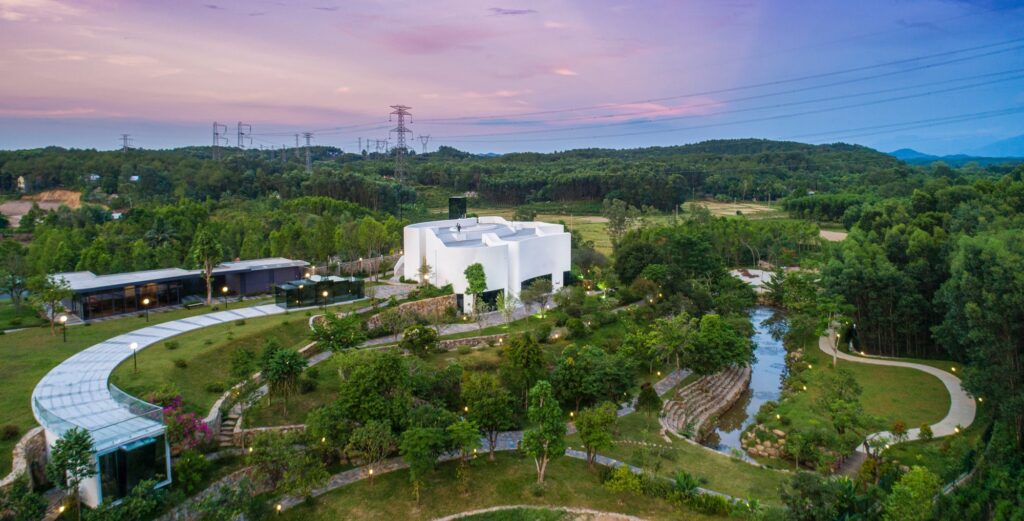
LE BA DANG MEMORY SPACE
A PRIVATE CONTEMPORARY ART MUSEUM, THE MOST MAGNIFICENT, STATE-OF-THE-ART AND UNIQUE ONE IN CENTRAL VIETNAM.
The landscape architecture of the museum with an area of 16.000 square meters is actually a full-scale “Lebadang Space” artwork. The paintings, sculptures, installation and “Space” artworks of the world-renowned artist Lebadang are periodically rotated with exhibition contents and display methods up to international standards. The museum is the realization of artist Lebadang’s dream about “an immense artwork, a cosmic landscape, a life in harmony with nature and towards eternity”. That the museum is located in Hue, the ancient capital of Vietnam, reveals his dream of Hue becoming the capital of Vietnamese contemporary art and culture in the 21st century.

“Đường mòn lối nhỏ lượn vòng quanh
Trăm hoa đua nở khoe hình sắc
Thấp thoáng hương quê gió nội đồng
Toàn chân đón cảnh mây trời hiện
Một chốn tiên bồng giữa thế gian.”
“Small paths that revolve around
Hundreds of flowers in bloom
Village hidden behind rice fields
Flying clouds in the sky
What a great place. ”
Architect Ho Viet Vinh
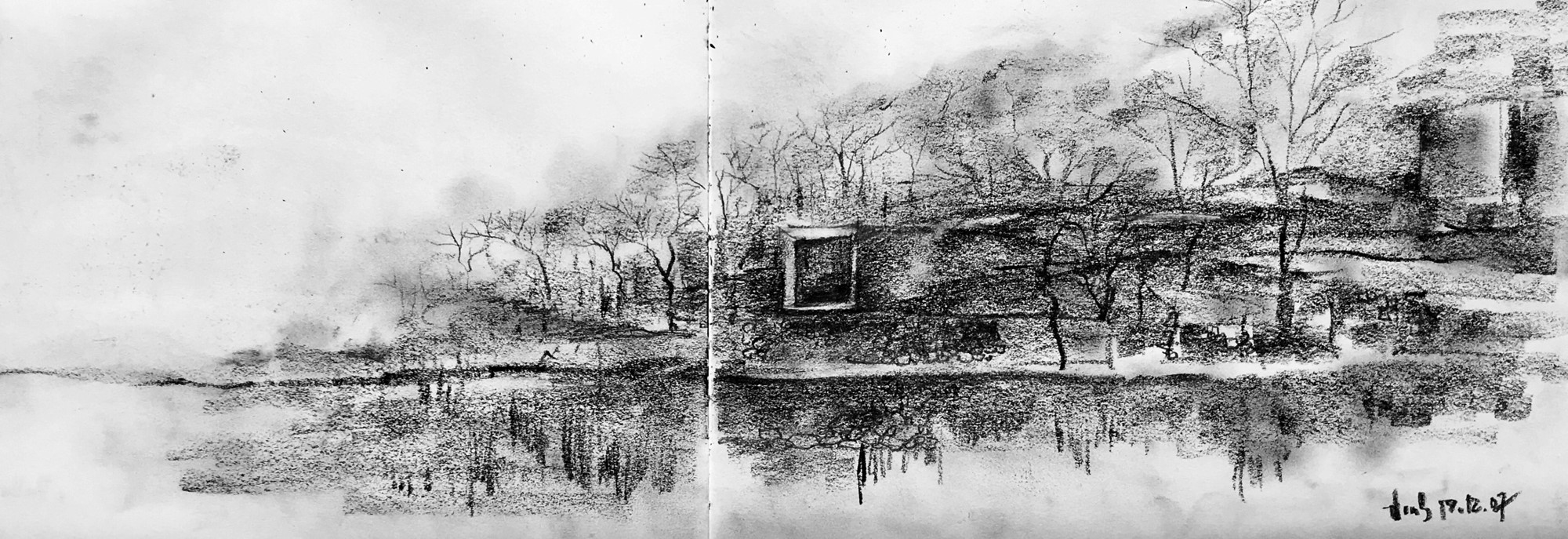
Le Ba Dang Memory Space brings the image of Co Loa into a unique creation of Vietnamese people. The emotions are depicted into the ground like a giant painting. The winding winding road leads us into the colorful reality picture, people and nature become one, the soul settles, the emotions flow. The flowers are so brilliant, the birds chirping, the wind breeze overflowing clouds, and everything resounds with true voices pulling our mind back to our childhood dream.





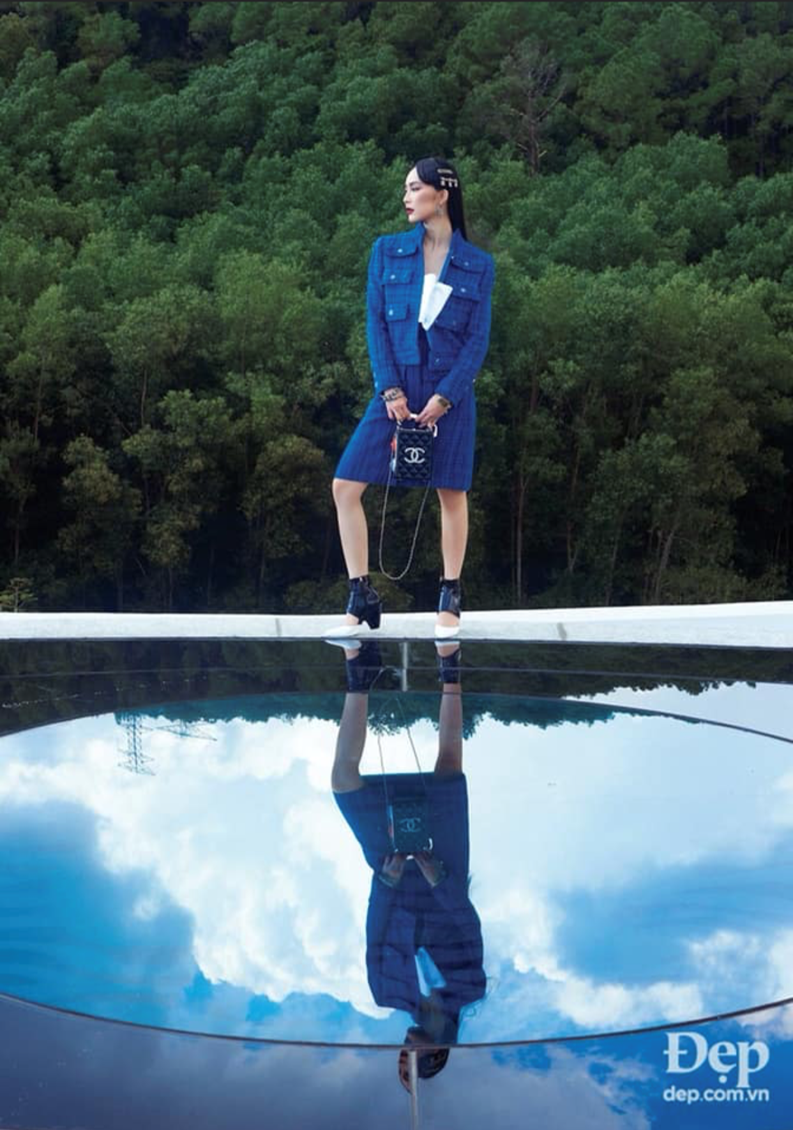

PROJECT INFO
| Type: | Museum |
| Year: | 2019 |
| Location: | Huong Thuy, Hue |
| Team: | Ho Viet Vinh Tran Thanh Hai Le Van Thoi Ngo Dang Linh |
| Civil Engineer: | Nam Viet |
| Contractor: | Rickenbach Development and Construction |
| Interior Designer: | Eric Mignagd |
| Lighting Designer: | Elek Co, Ltd |
| Photographer: | Dolalab |
| Structural Engineer: | Nam Viet |
PRESS:
- ART REPUBLIK 1, Elitism for all, Spring-Summer 2020
Next project | Thien An Community PARK
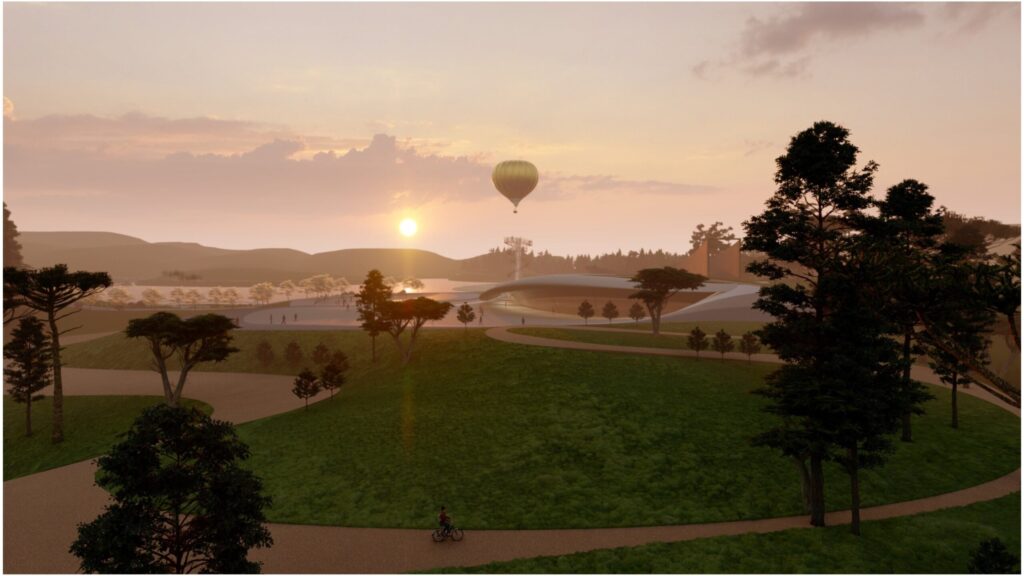
THIEN AN HILL
COMMUNITY PARK represents the exchange process between communities coming to a new land to settle down and live. They bring a lot of knowledge, customs and ambitions to create a life in the new land. Community is the space for them to open up, exchange, learn and grow. The process of agglomeration, interference and experimentation between communities has molded a new character for the culture of the historic ancient capital.
The park recreates the process of community formation through 5 main spaces:
- Meeting space;
- Exchange space;
- Agglomeration space;
- Experimental space;
- Performance space;
Each space has a form and function that is reproduced through each stage of the process of community and cultural exchange.
Next project | Dragon d’Annam
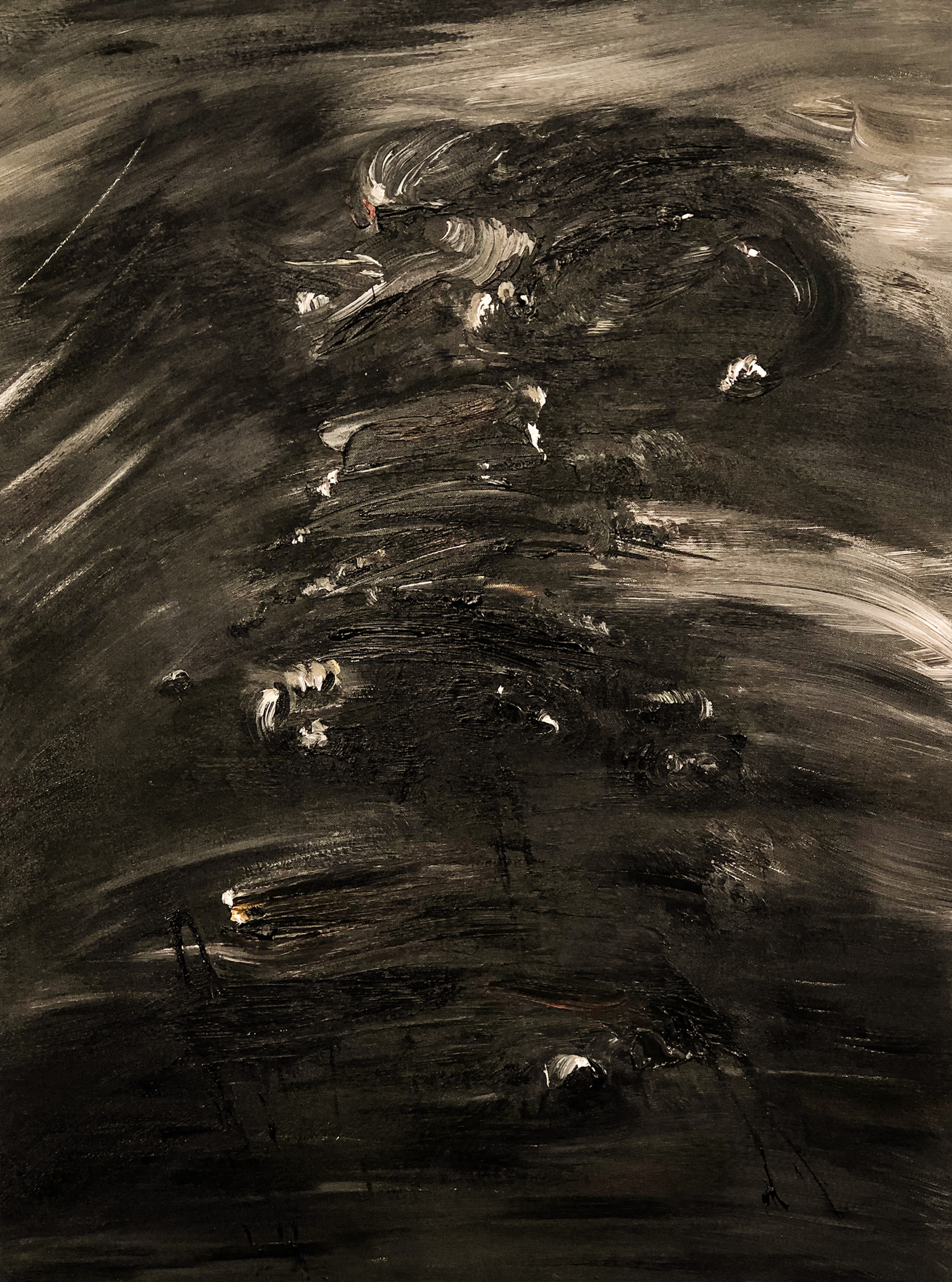
The Dragon d’Annam is a place where the mountains and the sea come together, standing between the South and the North, the land is high, the mountains and rivers are surrounding. In waterways, there are Thuan An and Tu Hien the mouth of the sea bay, which are deep and dangerous; by road, Hoanh Son and Hai Van gates are blocked; The great river opens the front, the high mountain protects the back, the adoration dragon and guard tiger, the place is solid, it is arranged by heaven and earth, it is truly the king's capital.
Source: According to the national history of the Nguyen Dynasty

Description
Exucuted in April 2020.
Styles
Lyrical Abstract
Technique
Acrylic on Canvas
Dimensions
97 Wx 130 H x 4 D cm
The authenticity of this work has been confirmed by the HVV Architect &Partners. A certificate of authenticity maybe delivered by the Company upon request to the buyer.
Vinhho Biography
Ho Viet Vinh, a Vietnamese, graduated with a Bachelor of Architecture degree in 1995 from the University of Architecture of Ho Chi Minh city, Viet Nam; he received the award for the creative design in the Final Year. He is a Registered Architect in Viet Nam and also a Registered Urban Planner in Ho Chi Minh city, as well as a Member of Association of Architects and Urban planners of Viet Nam. Ho Viet Vinh career began in 1995 when he did some competitions in Ho Chi Minh city. He becomes lecturer of Urban planning Department of University of Architecture in 1995. In 1998 He received second prize of international competition held by Summer workshop of Cergy Pontoise-France with subject “Ho Chi Minh city and Saigon river”. In 2005 He awarded special prize of international competition held by Summer workshop of Cergy Pontoise-France with subject “Can Gio Emotional city”. In 2010 he participated the International Visistor Leadership Program of USA in subject Sustainable Urban Planning. In 2015 He is choosen by Lebadang Creative Foundation to design the Lebadang Memory Space Museum in Hue. It was at this time that He becomes Director of that Fund.